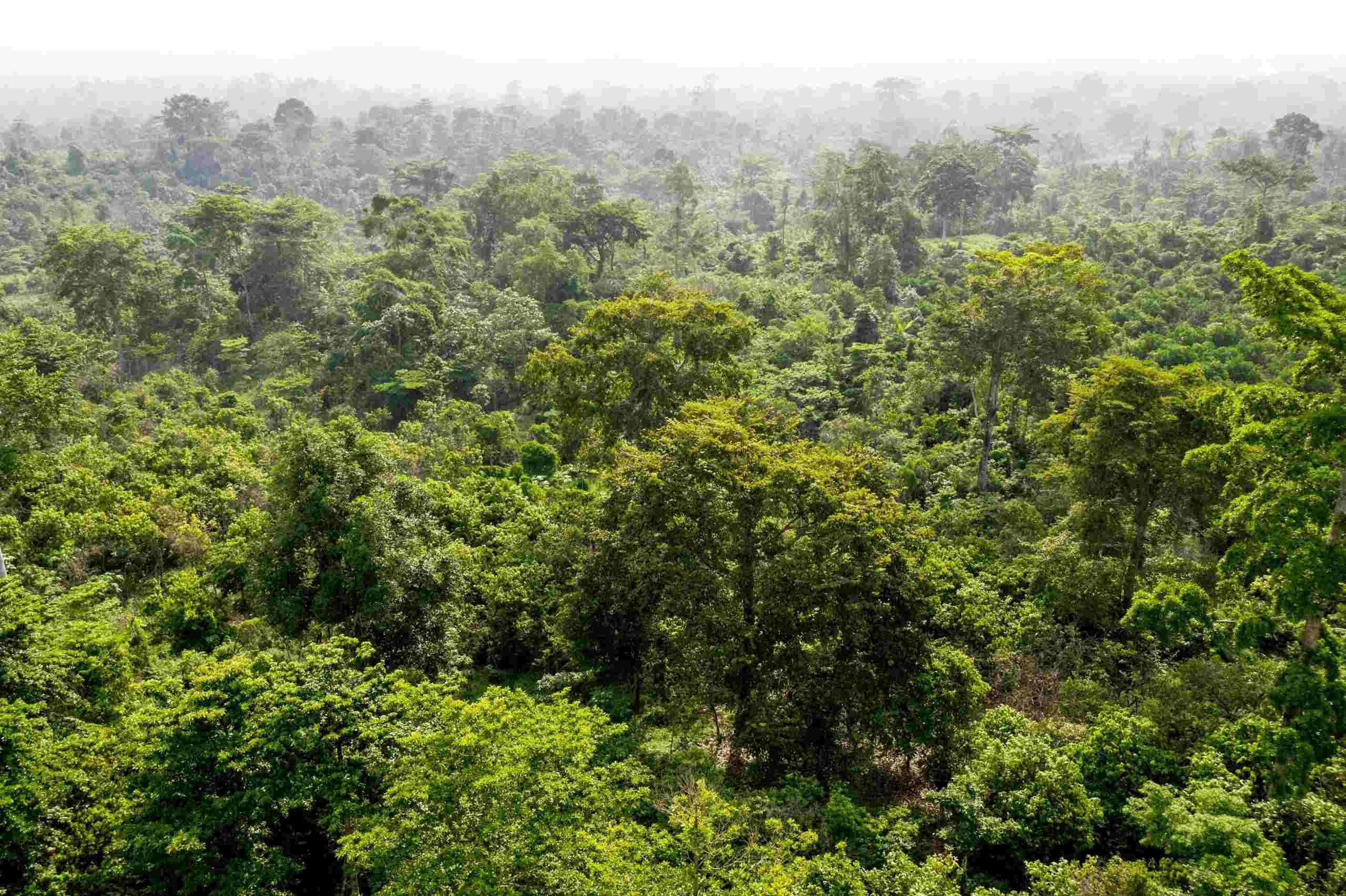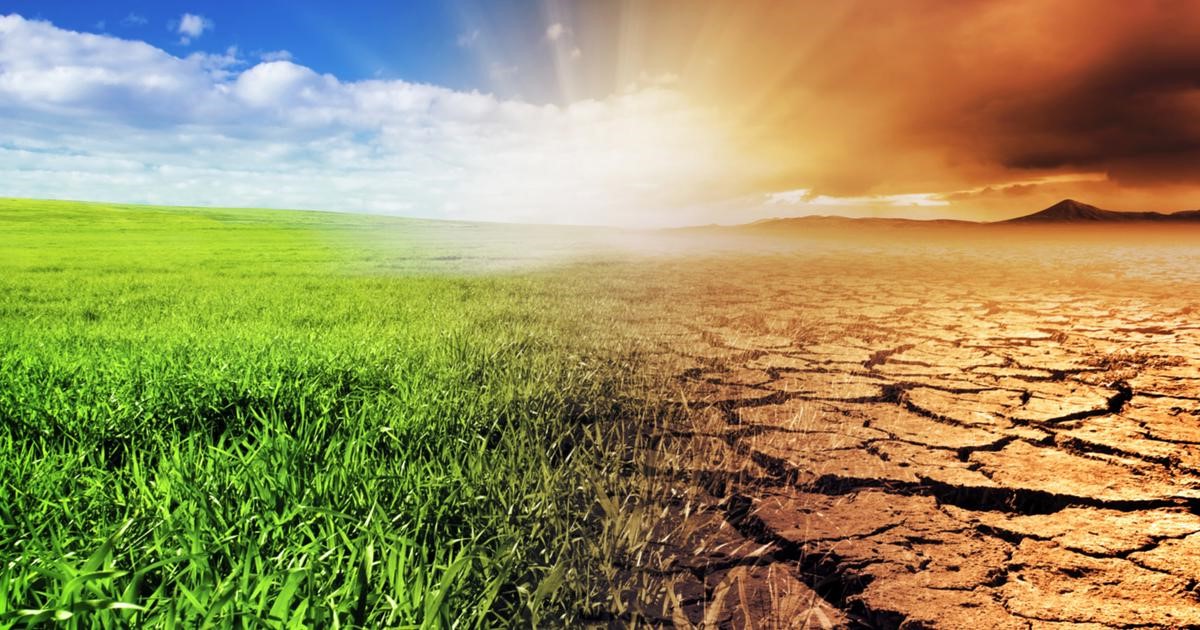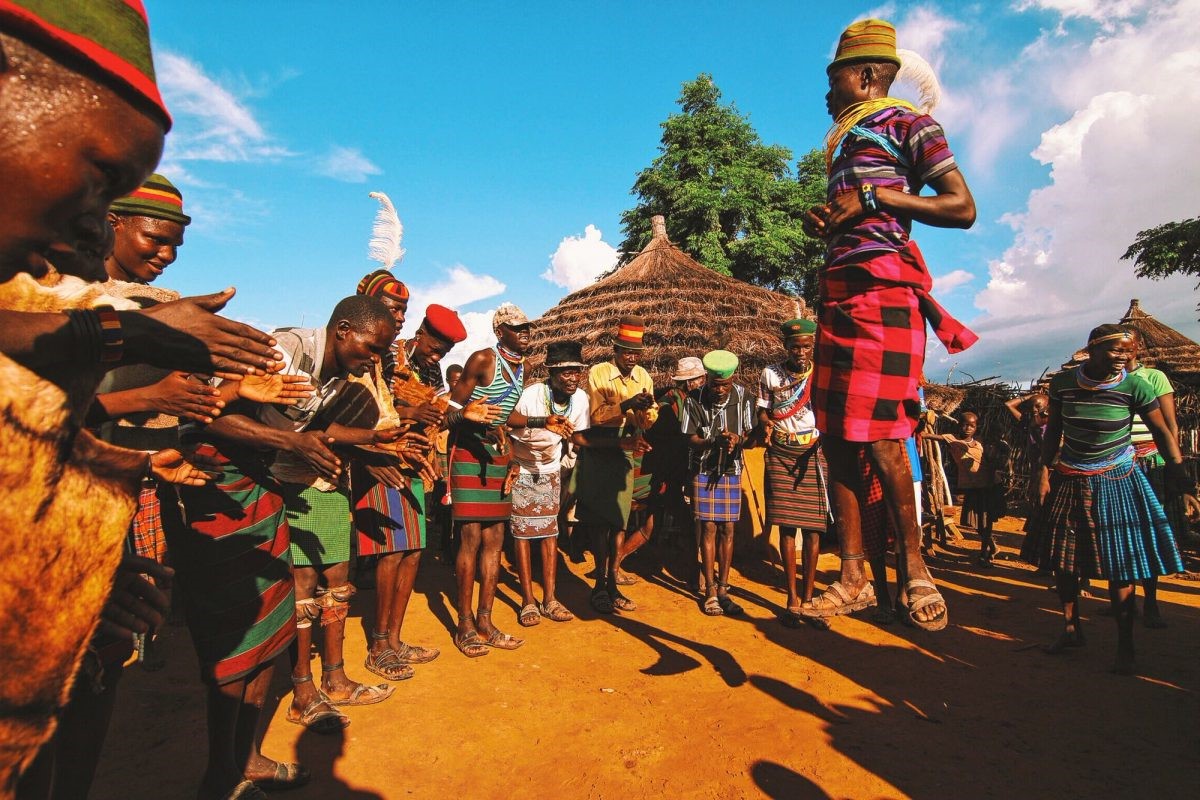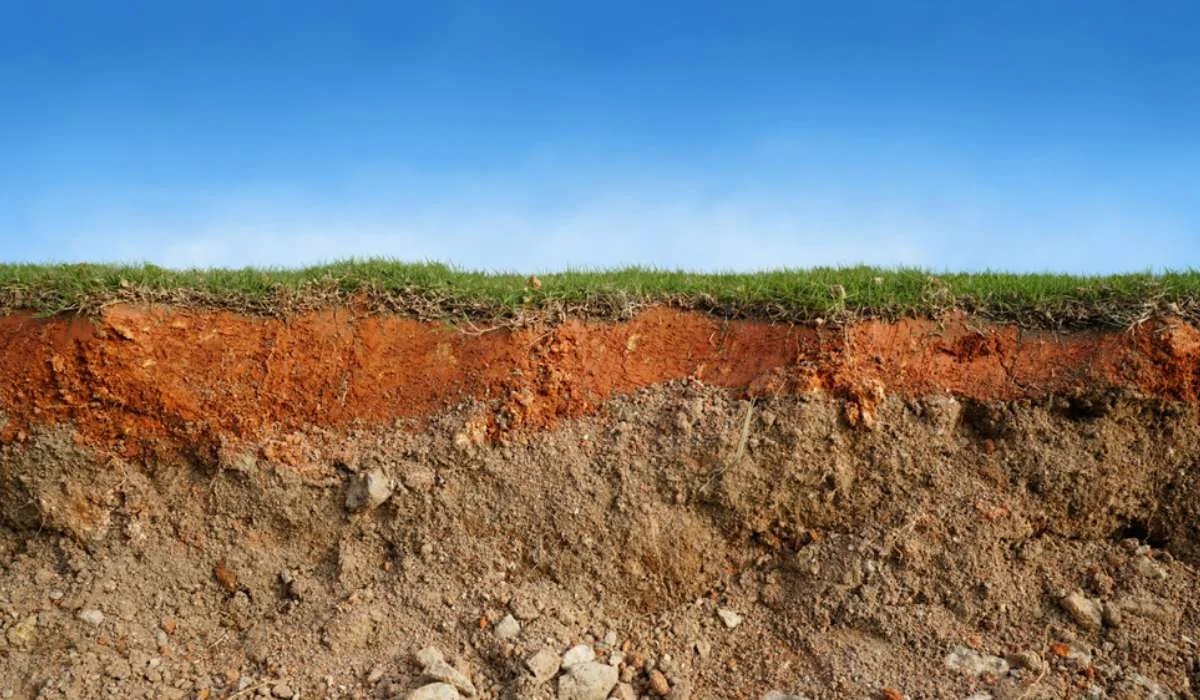Home>Weather and Climate>Understanding The Different Climates In Ethiopia
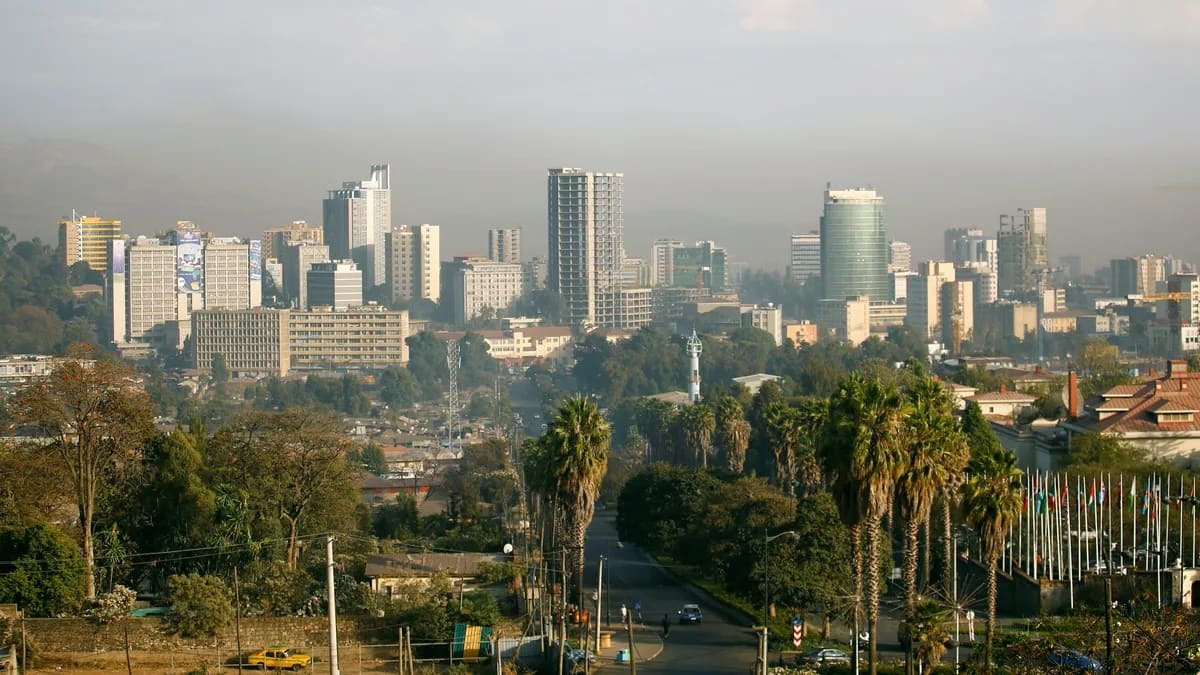

Weather and Climate
Understanding The Different Climates In Ethiopia
Published: March 2, 2024
Explore the diverse weather and climate patterns in Ethiopia, from the highlands to the lowlands, and understand the unique environmental factors shaping each region. Gain insights into the varying temperatures, rainfall, and seasonal changes across this captivating country.
(Many of the links in this article redirect to a specific reviewed product. Your purchase of these products through affiliate links helps to generate commission for Temperatures.com, at no extra cost. Learn more)
Table of Contents
Introduction
Ethiopia, a land of diverse landscapes and rich cultural heritage, boasts a variety of climates that contribute to its unique charm. From the lush greenery of the highlands to the arid expanses of the deserts, Ethiopia's climates are as diverse as its people. Understanding the different climates in Ethiopia is essential for appreciating the country's natural beauty and the challenges faced by its inhabitants.
The climate of Ethiopia is influenced by its geographical location, topography, and the complex interplay of various weather systems. As a result, the country experiences a range of climatic conditions, each with its own distinct characteristics and impact on the environment and daily life.
In this article, we will delve into the four primary climate zones in Ethiopia: the tropical climate, the subtropical climate, the highland climate, and the desert climate. By exploring the unique features of each climate zone, we can gain a deeper understanding of the diverse ecosystems and weather patterns that shape Ethiopia's landscapes.
Understanding the intricacies of Ethiopia's climates is not only a fascinating endeavor but also a crucial aspect of appreciating the country's ecological diversity and the resilience of its people in the face of environmental challenges. Let's embark on a journey to unravel the mysteries of Ethiopia's climates and gain a newfound appreciation for the natural wonders that define this remarkable nation.
The Tropical Climate of Ethiopia
The tropical climate zone in Ethiopia encompasses the western, central, and eastern lowlands, characterized by high temperatures and distinct wet and dry seasons. This region experiences a hot and humid climate, with average temperatures ranging from 77°F to 86°F (25°C to 30°C) throughout the year. The tropical climate is influenced by the movement of the Inter-Tropical Convergence Zone (ITCZ), which brings heavy rainfall during the wet season.
During the wet season, which typically occurs from June to September, the tropical lowlands receive abundant rainfall, nourishing the fertile soil and sustaining lush vegetation. The rainy season is essential for agriculture, supporting the cultivation of crops such as maize, sorghum, and teff, a staple grain in Ethiopian cuisine. The abundant rainfall also contributes to the vibrant biodiversity of the region, fostering diverse ecosystems and supporting a wide array of flora and fauna.
Conversely, the dry season, spanning from October to May, brings arid conditions and reduced precipitation to the tropical lowlands. This period of low rainfall poses challenges for agriculture and water availability, impacting local communities and ecosystems. Despite the arid conditions, the tropical lowlands exhibit remarkable resilience, with indigenous plant species adapted to thrive in the dry climate.
The tropical climate zone is also home to the Omo Valley, a UNESCO World Heritage Site renowned for its cultural significance and stunning landscapes. The region's tropical climate has shaped the traditional lifestyles of indigenous communities, influencing agricultural practices, cultural celebrations, and the rhythms of daily life.
In addition to its impact on agriculture and biodiversity, the tropical climate plays a pivotal role in shaping the socio-economic dynamics of the lowland communities. Understanding the nuances of the tropical climate in Ethiopia is crucial for appreciating the resilience and resourcefulness of the people who call this vibrant region home.
As we continue our exploration of Ethiopia's diverse climates, let's journey into the subtropical climate zone, where unique environmental characteristics and weather patterns await discovery.
The Subtropical Climate of Ethiopia
The subtropical climate zone in Ethiopia encompasses the elevated plateaus and lowlands of the southern and southwestern regions, offering a distinct contrast to the tropical lowlands. This region experiences moderate temperatures and a pronounced wet season, contributing to its unique ecological and agricultural characteristics.
The subtropical climate is characterized by a wet season, typically spanning from June to September, during which the region receives significant rainfall. The abundant precipitation nurtures the fertile soil, supporting the cultivation of crops such as coffee, a vital component of Ethiopia's economy and cultural heritage. The lush landscapes of the subtropical zone are adorned with sprawling coffee plantations, where the iconic Arabica coffee thrives in the favorable climatic conditions.
The wet season also sustains dense forests and diverse flora, creating habitats for a wide array of wildlife. The Bale Mountains National Park, nestled within the subtropical climate zone, showcases the region's rich biodiversity, providing sanctuary to endemic species such as the Ethiopian wolf and the mountain nyala. The unique ecosystems of the subtropical climate zone contribute to Ethiopia's conservation efforts and ecotourism initiatives, drawing visitors from around the world to witness the natural splendor of the region.
In contrast to the wet season, the dry season, extending from October to May, brings drier conditions to the subtropical lowlands. While the reduced precipitation poses challenges for agriculture, the region's resilience is evident in the adaptation of crops to the seasonal variations. The cultivation of enset, also known as "false banana," demonstrates the resourcefulness of local communities, as this drought-resistant crop thrives in the subtropical climate, providing sustenance and economic stability.
The subtropical climate zone is also home to the vibrant cultures of the Sidama, Gurage, and Hadiya people, whose traditional practices and agricultural heritage are intricately intertwined with the region's climatic rhythms. From the celebration of harvest festivals to the cultivation of unique crops, the subtropical climate influences the cultural identity and livelihoods of the communities that inhabit this diverse landscape.
Understanding the subtropical climate of Ethiopia unveils the intricate relationship between environmental dynamics, agricultural practices, and cultural traditions. The region's climatic nuances underscore the resilience and ingenuity of the people who have adapted to the seasonal fluctuations, shaping a tapestry of traditions and ecological diversity that define the subtropical lowlands of Ethiopia.
As we delve into the diverse climates of Ethiopia, let's journey onward to explore the highland climate, where the rugged terrain and temperate conditions offer a captivating contrast to the subtropical and tropical zones.
The Highland Climate of Ethiopia
The highland climate of Ethiopia encompasses the rugged plateaus and mountainous regions, offering a stark contrast to the lowlands. This elevated terrain gives rise to temperate conditions, characterized by moderate temperatures and distinct seasonal variations. The highland climate plays a pivotal role in shaping the ecological diversity, agricultural practices, and cultural heritage of the region.
The highland climate is marked by a pronounced rainy season, typically occurring from June to September, during which the region receives substantial precipitation. The abundant rainfall nourishes the fertile soil, sustaining the cultivation of crops such as wheat, barley, and pulses. The terraced fields of the highlands showcase the ingenuity of traditional agricultural practices, as local communities harness the fertile land to cultivate staple crops that form the backbone of the region's food security.
In addition to its agricultural significance, the highland climate fosters lush landscapes adorned with sprawling fields, vibrant meadows, and dense forests. The Bale Mountains, Simien Mountains, and the stunning landscapes of Lalibela are emblematic of the region's natural splendor, drawing visitors from around the world to witness the breathtaking beauty of the highlands.
The dry season, spanning from October to May, brings cooler temperatures and reduced precipitation to the highland regions. Despite the drier conditions, the resilience of the highland communities is evident in their adaptation to the seasonal variations. The cultivation of teff, a fine grain integral to Ethiopian cuisine, thrives in the temperate climate, showcasing the resourcefulness of the people who have harnessed the land's potential to sustain their livelihoods.
The highland climate also holds cultural significance, influencing the traditions and lifestyles of the diverse communities that call this region home. From the vibrant celebrations of religious festivals to the enduring traditions of music and dance, the highland climate shapes the cultural identity and social fabric of the communities, fostering a rich tapestry of heritage and customs.
Understanding the highland climate of Ethiopia unveils the intricate interplay between environmental dynamics, agricultural resilience, and cultural traditions. The region's climatic nuances underscore the resilience and ingenuity of the people who have adapted to the seasonal fluctuations, shaping a tapestry of traditions and ecological diversity that define the highland regions of Ethiopia.
As we continue our exploration of Ethiopia's diverse climates, let's journey onward to unravel the mysteries of the desert climate, where arid landscapes and unique adaptations await discovery.
The Desert Climate of Ethiopia
The desert climate of Ethiopia encompasses the vast arid and semi-arid regions of the country, presenting a striking contrast to the lush highlands and subtropical lowlands. This expansive terrain, characterized by minimal precipitation and extreme temperatures, shapes a unique ecosystem that has fostered remarkable adaptations and resilience among the inhabitants and wildlife.
The desert climate zone, notably the Danakil Depression, stands as one of the hottest and driest places on Earth, with temperatures soaring to staggering heights and minimal annual rainfall. Despite the harsh conditions, this region supports a diverse array of life, showcasing the tenacity of both flora and fauna in adapting to the arid environment. The endemic species, such as the critically endangered Walia ibex and the Gelada baboon, have evolved to thrive in the rugged terrain, embodying the remarkable biodiversity that perseveres in the face of adversity.
The desert climate's influence extends beyond the natural world, profoundly shaping the traditional lifestyles and cultural practices of the Afar and Somali communities who call this arid expanse home. Nomadic herding and resilient agricultural techniques, such as the cultivation of drought-resistant crops like millet and sorghum, exemplify the resourcefulness and adaptability of the indigenous populations in sustaining their livelihoods amidst the challenging climatic conditions.
Moreover, the desert climate has endowed Ethiopia with geological wonders that captivate the imagination of adventurers and scientists alike. The otherworldly landscapes of the Danakil Depression, including the kaleidoscopic Dallol sulfur springs and the iconic Erta Ale volcano, stand as testaments to the geological forces at play in this arid realm. These natural marvels draw intrepid explorers and researchers to unravel the mysteries of the Earth's dynamic processes, adding to the allure of the desert climate's enigmatic landscapes.
Understanding the desert climate of Ethiopia unveils a world of contrasts and resilience, where the harsh environment has shaped both the natural world and the cultural tapestry of the region. The arid expanse stands as a testament to the enduring spirit of life in the face of adversity, offering a profound insight into the intricate interplay between environmental dynamics and the human experience.
As we conclude our exploration of Ethiopia's diverse climates, we have gained a newfound appreciation for the ecological diversity and the resilience of the people who have adapted to the varied landscapes, each with its own captivating allure and profound impact on the country's rich tapestry of life and culture.
Conclusion
In conclusion, the diverse climates of Ethiopia paint a vivid tapestry of ecological diversity, cultural resilience, and natural wonders. From the tropical lowlands to the rugged highlands and the arid deserts, each climate zone embodies a unique set of environmental dynamics that have shaped the landscapes, livelihoods, and cultural traditions of the country.
The tropical climate, with its hot and humid conditions, sustains lush vegetation, vibrant biodiversity, and the traditional lifestyles of indigenous communities. The subtropical climate, characterized by moderate temperatures and a pronounced wet season, fosters the cultivation of coffee and showcases the region's rich biodiversity, drawing visitors to witness its natural splendor. The highland climate, with its temperate conditions and distinct seasonal variations, supports the cultivation of staple crops and showcases breathtaking landscapes that captivate the imagination. Lastly, the desert climate, with its arid expanse and extreme conditions, stands as a testament to the resilience of life in the face of adversity, shaping unique adaptations and geological marvels.
The intricate interplay between environmental dynamics and human experiences is evident in the diverse climates of Ethiopia. The resilience and resourcefulness of the people who have adapted to the seasonal fluctuations, the conservation efforts to protect the rich biodiversity, and the cultural traditions intricately woven into the climatic rhythms all underscore the profound impact of the climates on the country's rich tapestry of life and culture.
As we reflect on the diverse climates of Ethiopia, we gain a newfound appreciation for the ecological wonders that define the nation. The climatic nuances not only shape the natural landscapes but also form the backdrop for the vibrant cultures, traditions, and livelihoods of the diverse communities that call Ethiopia home. It is through understanding and celebrating the diverse climates that we can truly grasp the resilience, ingenuity, and enduring spirit of the Ethiopian people in the face of environmental challenges.
In essence, the climates of Ethiopia offer a compelling narrative of adaptation, diversity, and the enduring bond between the land and its people. It is a testament to the remarkable ability of life to thrive in the most varied and challenging environments, shaping a country that is as resilient and captivating as the climates that define it.






